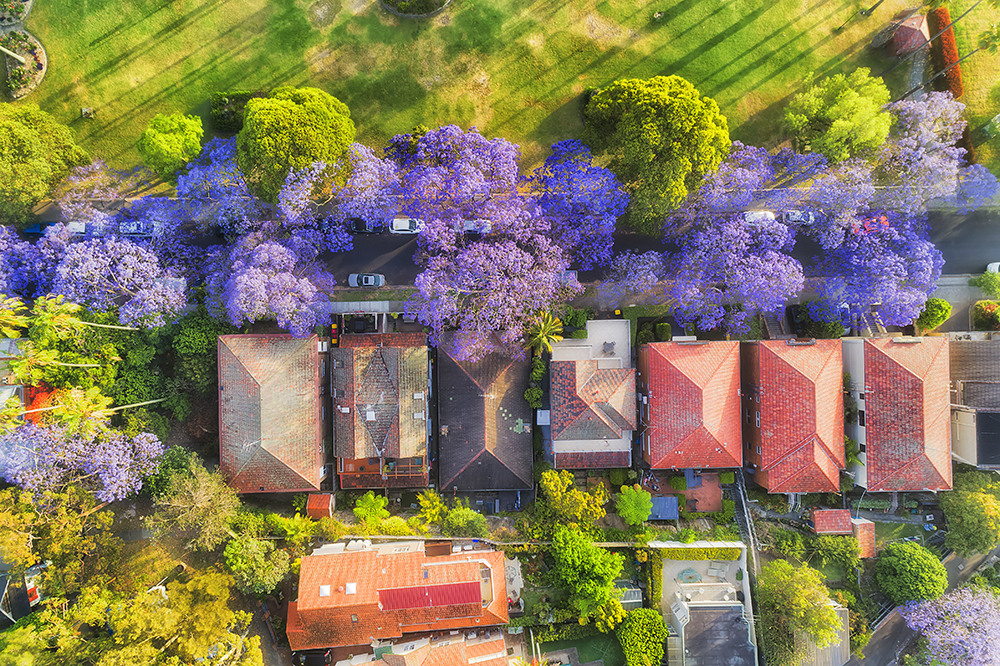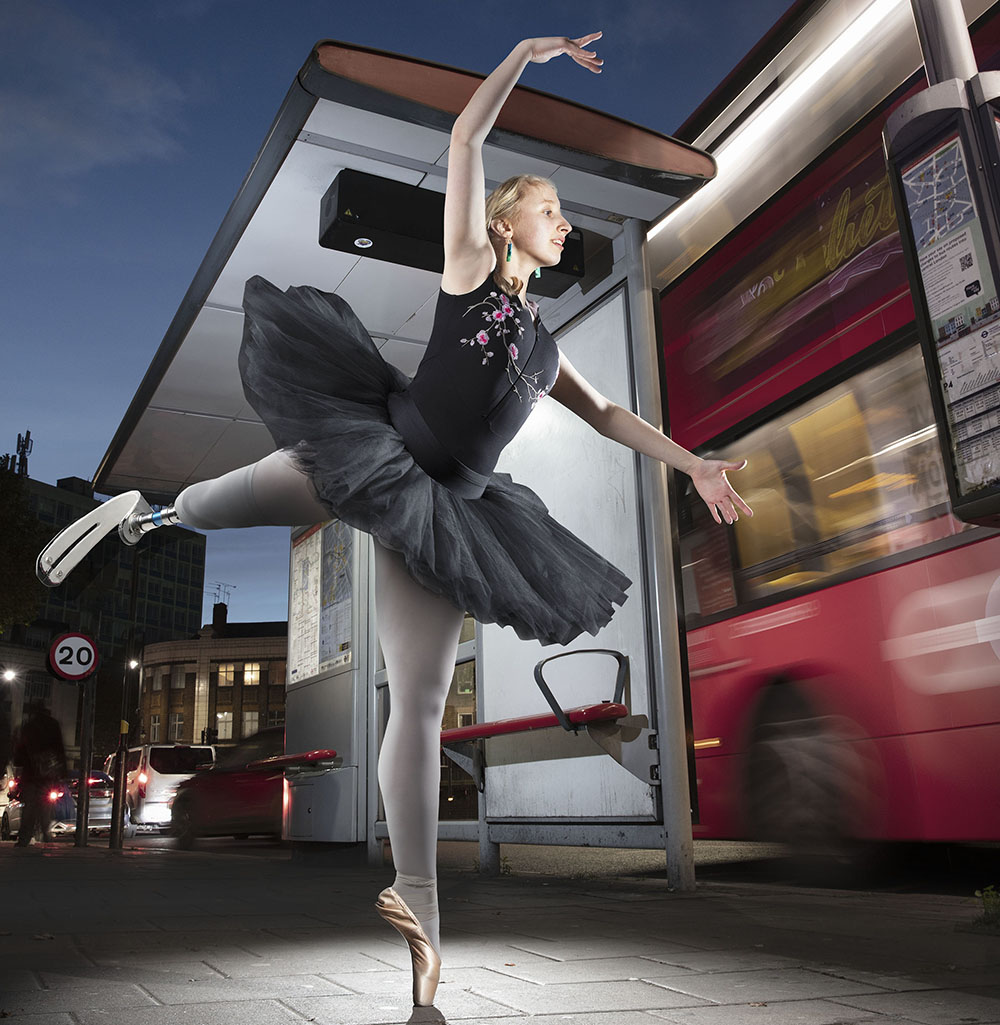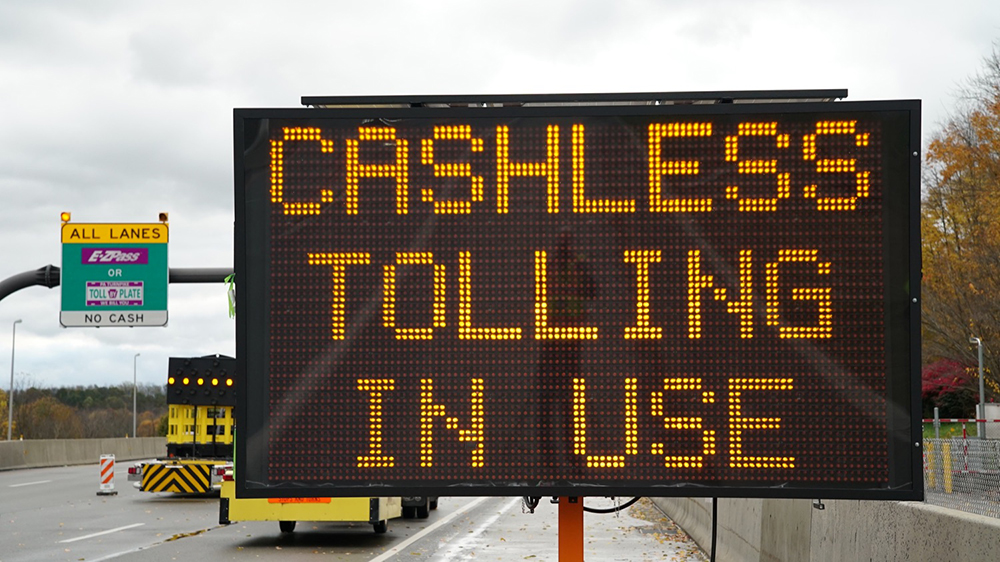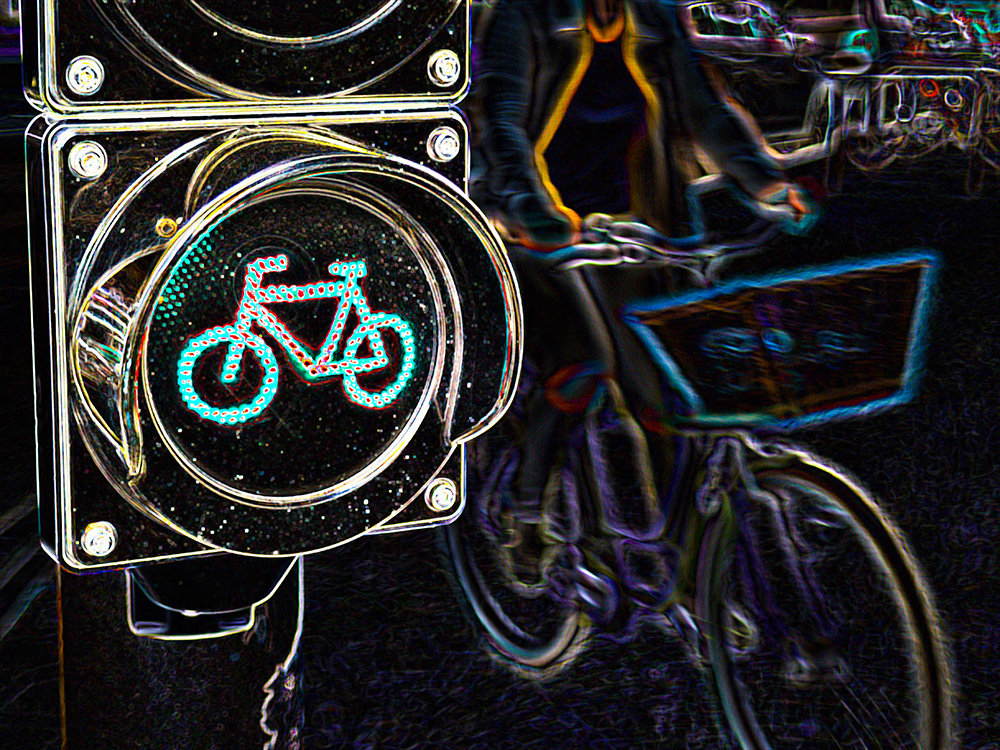
We know that ITS technology can save lives: but what about simpler technology? What about paint? Road markings have long been a major contributor to road safety. However, the announcement from Bloomberg Philanthropies that it is awarding 20 European cities with as much as $25,000 for arts-driven street redesigns does not necessarily seem the stuff to make safety campaigners’ hearts beat faster.
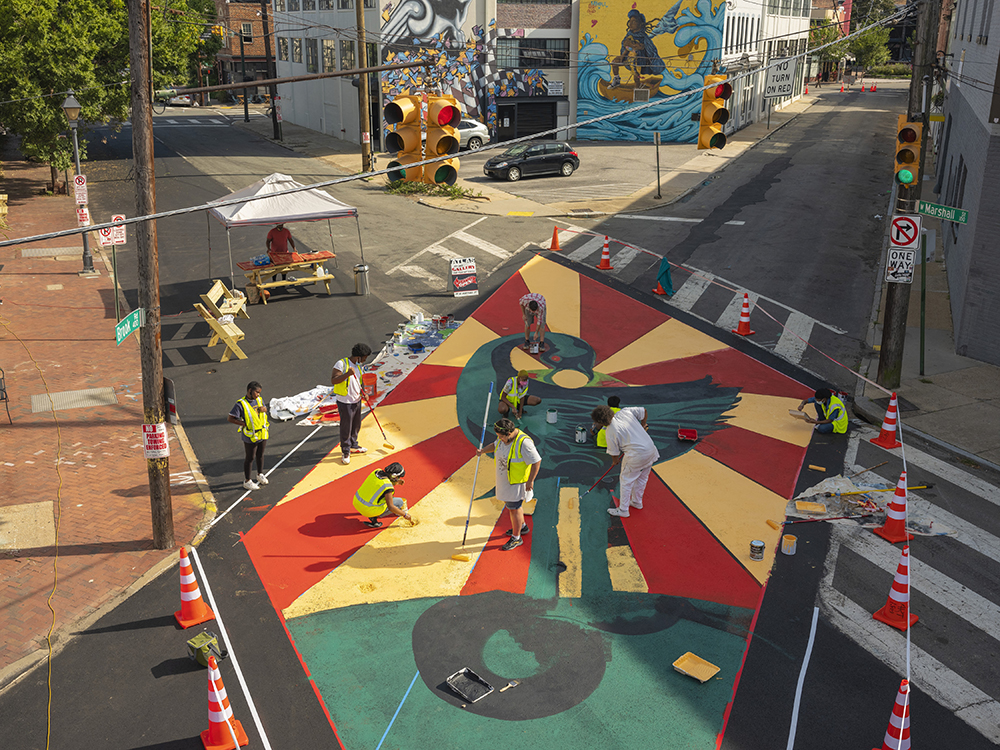
This is an expansion of the Asphalt Art Initiative, which during 2020-21 handed out grants to 45 projects in 41 US cities and pilot projects in three European cities. Asphalt art includes intersection murals, crosswalk art and painted sidewalk extensions, and is designed to encourage collaboration between artists, city governments and communities.
“No matter how vibrant your city is, chances are your streets are still stuck in monochrome: endless expanses of asphalt and concrete that aren’t just lifeless, but often life-threatening as traffic fatalities continue to skyrocket post-pandemic,” says Janette Sadik-Khan, principal for transportation at Bloomberg Associates and former commissioner of the New York City Department of Transportation.
“Our Asphalt Art Initiative applies a new prism, bringing light, colour and creativity to city streets coast-to-coast in the US and now across the continent of Europe.”
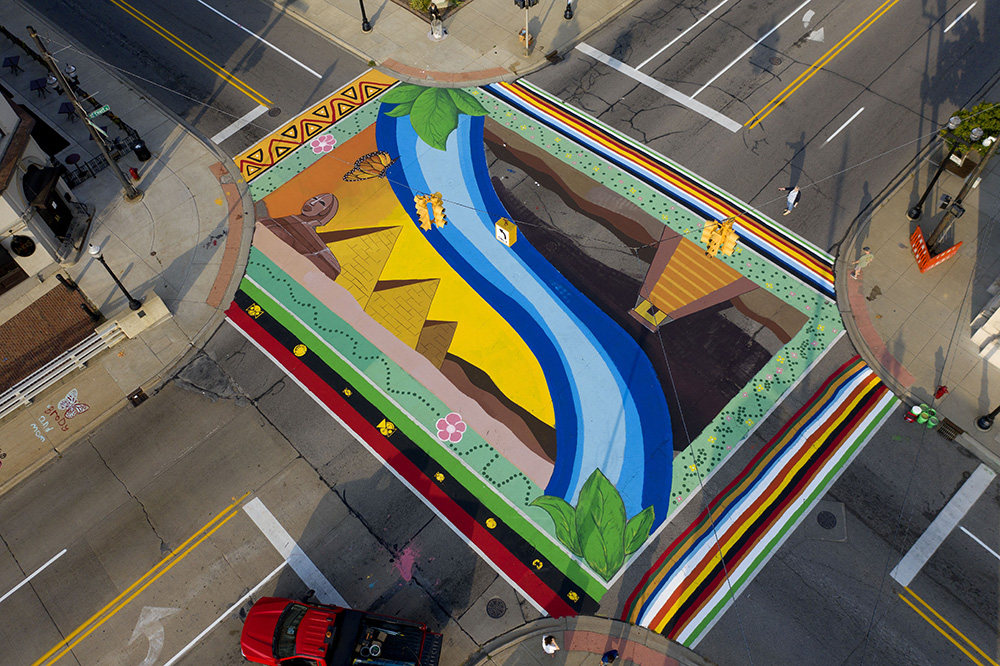
So far, so pleasant. A lot of the designs are arresting and the endeavour and skill is impressive. They do look good. But this is more than just urban prettification. The Asphalt Art Safety Study from Bloomberg Philanthropies in collaboration with Sam Schwartz Consulting actually found that a splash of colour demonstrably improved road safety, reducing traffic crash rates and unsafe driving.
“Beyond the grants, we also wanted to help cities everywhere make the case for their own arts-driven street design projects, so we crunched the numbers to show that projects like these are so much more than eye-candy,” explains Sadik-Khan.
The study compared crash rates and real-time behaviour of pedestrians and motorists at an array of asphalt art sites before and after the projects were installed. There are two main components:
- a Historical Crash Analysis that compares crash data prior to and after the introduction of asphalt art at 17 study sites with at least two years’ data;
- an Observational Behaviour Assessment that compares before-and-after video footage of motorist and pedestrian behaviour at five US locations with asphalt art projects
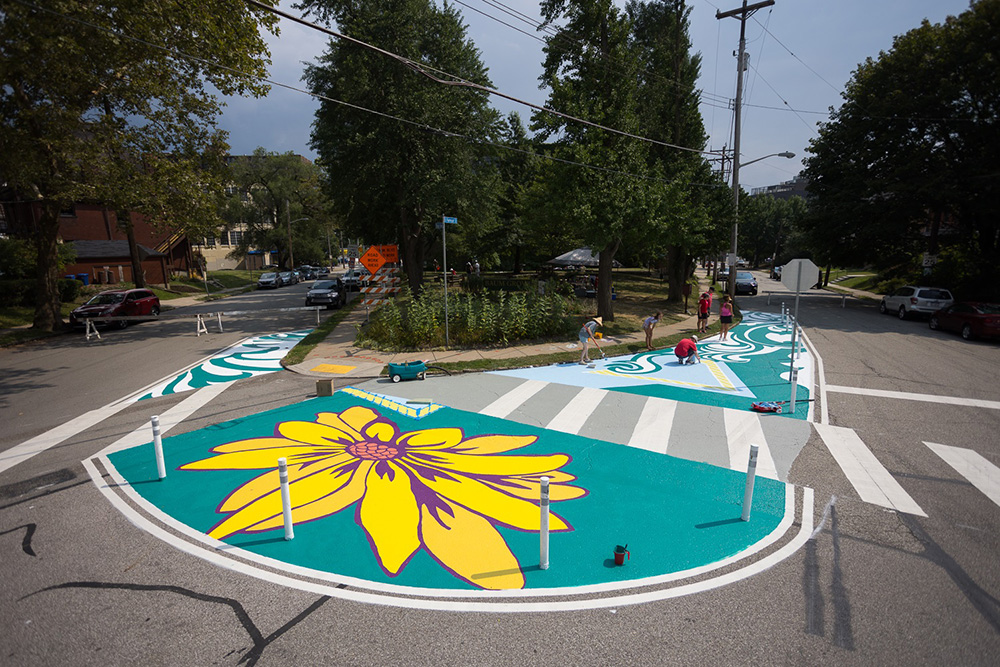
The analysis found a dramatic reduction in motor vehicle crash rates after the projects were installed, including a 50% drop in collisions involving pedestrians or cyclists and a 37% drop in crashes with injuries. The study also recorded a 25% drop in the rate of conflicts between drivers and pedestrians, as well as a 27% increase in drivers yielding to pedestrians with the right-of-way.
Anecdotally, road painting projects have long been thought to calm traffic, increasing the visibility of walking spaces and crossings, and encouraging drivers to slow down and watch out more for cyclists and pedestrians.
But now there are numbers to attach to concrete outcomes.
“This groundbreaking new research proves that asphalt art can reduce crashes, improve behaviour behind the wheel and protect the most vulnerable users on the road,” Sadik-Khan adds.
The study suggests that road user behaviour improved across the observed study sites in the after-analysis periods. For instance, at unsignalised intersections, there was a greater frequency of drivers immediately yielding to crossing pedestrians – suggesting perhaps that the colours and designs on the road made drivers more aware of the space.

Similarly, pedestrian-vehicle conflict assessments indicated a reduction in stand-offs or flare-ups at both signalised and unsignalised intersections.
It wasn’t just motorists who minded their manners: pedestrians crossing at marked crosswalk locations and crossing during the pedestrian phase also improved at signalised intersections, with crossings against the signal dropping from 27% to 17%.
Even at unsignalised intersections, just 1% of people crossing the street did so outside the marked crosswalk.
On the basis of these positive findings, the study team recommends a significant expansion of this study to include asphalt art sites. Among other things, this would allow researchers to gather more data on exactly why behaviour has improved around asphalt art. Is it just the paint? Or the designs themselves? Or additional traffic control measures? Or roadside improvements? Is it a combination of these which would be most effective in future projects?

Similarly, did other changes influence behaviour? Perhaps, after the implementation period, factors such as redevelopment, population growth, or changes to local bike or transit networks were a major factor in how people behaved around these colourful intersections.
“It will also be critical to have control groups to account for the random variation in crash rates over time,” the report says. “This would determine a crash modification factor for asphalt art projects and provide the research grounding that some transportation professionals have requested.”
Despite the caveats, the results suggest that asphalt art is worth pursuing. “Cities across the country and around the world are redesigning their infrastructure for people instead of climate-killing cars and trucks, and this data demonstrates that the safer, sustainable streets we seek don’t need to cost millions of dollars or take decades,” concludes Sadik-Khan. “We can paint the cities we want to see today.”
Painting by numbers
Comparing the average of crash rates for before-after analysis periods, results from the Historical Crash Analysis include:
- 50% decrease in the rate of crashes involving pedestrians or other vulnerable road users
- 37% decrease in the rate of crashes leading to injuries
- 17% decrease in the total crash rate
Similarly, the Observational Behaviour Assessment indicates:
- 25% decrease in pedestrian crossings involving a conflict with drivers
- 27% increase in frequency of drivers immediately yielding to pedestrians with the right of way
- 38% decrease in pedestrians crossing against the walk signal
The promising findings from this study will inform ongoing discussions on how to revise US roadway engineering guidance to improve safety for the most vulnerable road users. The study also provides data-driven evidence cities can use to make the case for their own arts-driven transportation projects.
(Source: Asphalt Art Safety Study)



